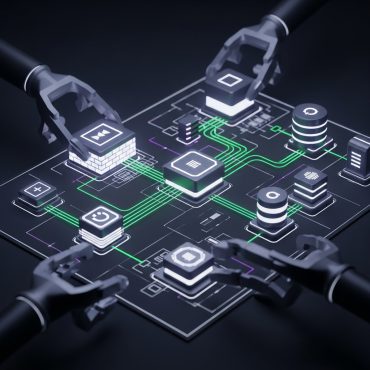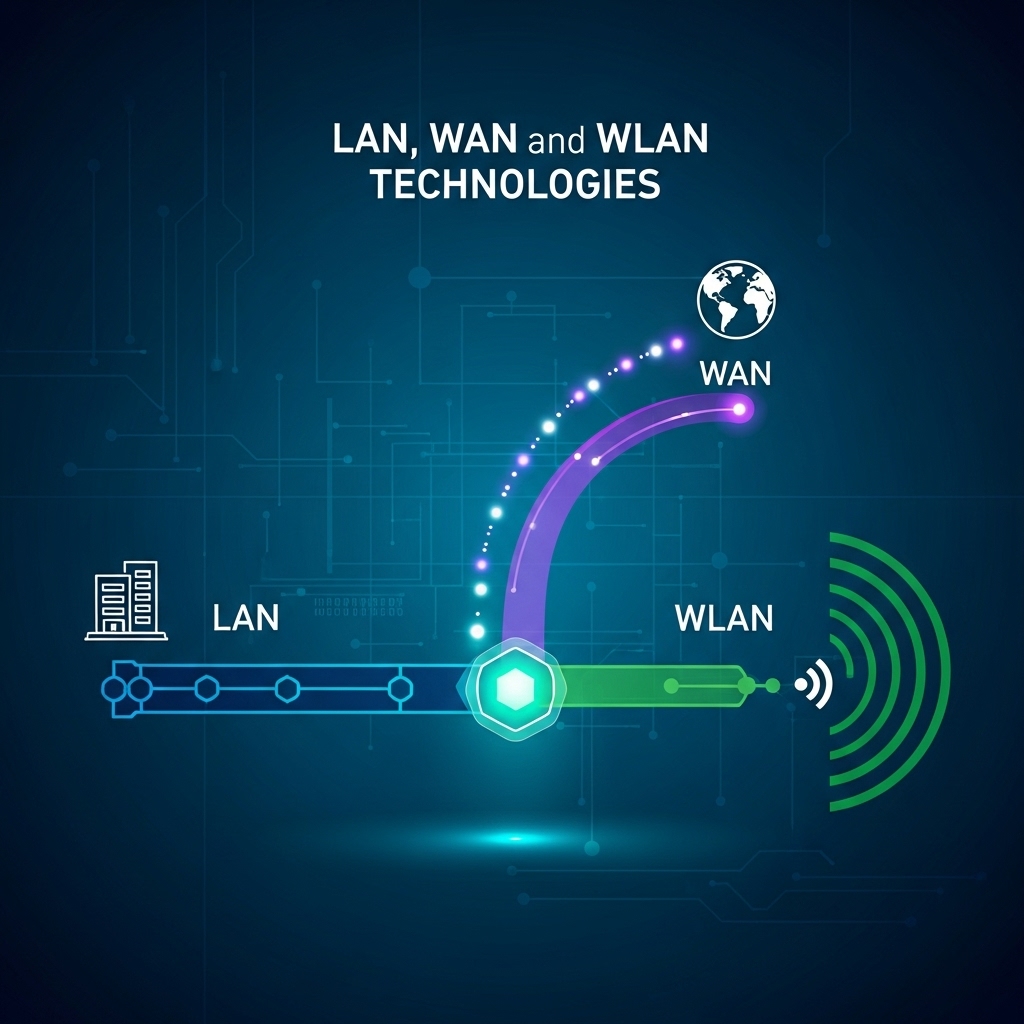Core Infrastructure Components in Modern Networking
LAN (Local Area Network), WAN (Wide Area Network) and WLAN (Wireless Local Area Network) are foundational technologies in today’s network architecture, enabling connectivity and communication between devices across various scopes.
LAN – Local Area Network
LAN connects computers and devices within a limited area such as an office, school, or home. It offers high-speed data transfer with low latency, typically using Ethernet cables. Ideal for small to medium-sized business environments.
WAN – Wide Area Network
WAN connects multiple LANs across broad geographic locations—ranging from cities to countries. It operates over public infrastructure like the internet or private leased lines. WAN is essential for enterprises requiring remote and global connectivity.
WLAN – Wireless Local Area Network
WLAN enables wireless connectivity between devices within a local area using radio waves. It commonly relies on Wi-Fi standards and provides mobility without the need for cabling. WLANs are prevalent in homes, offices, and public spaces.












